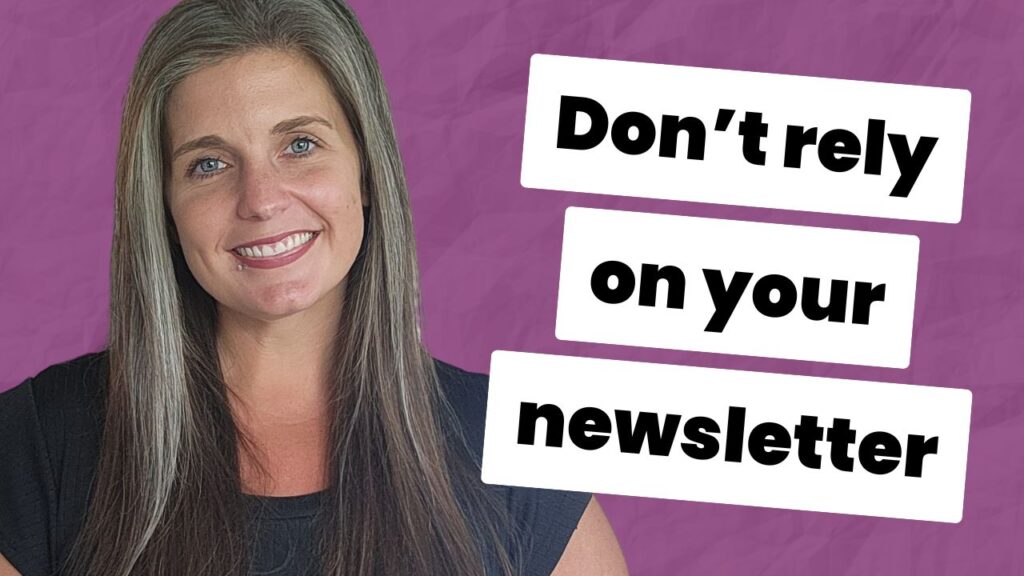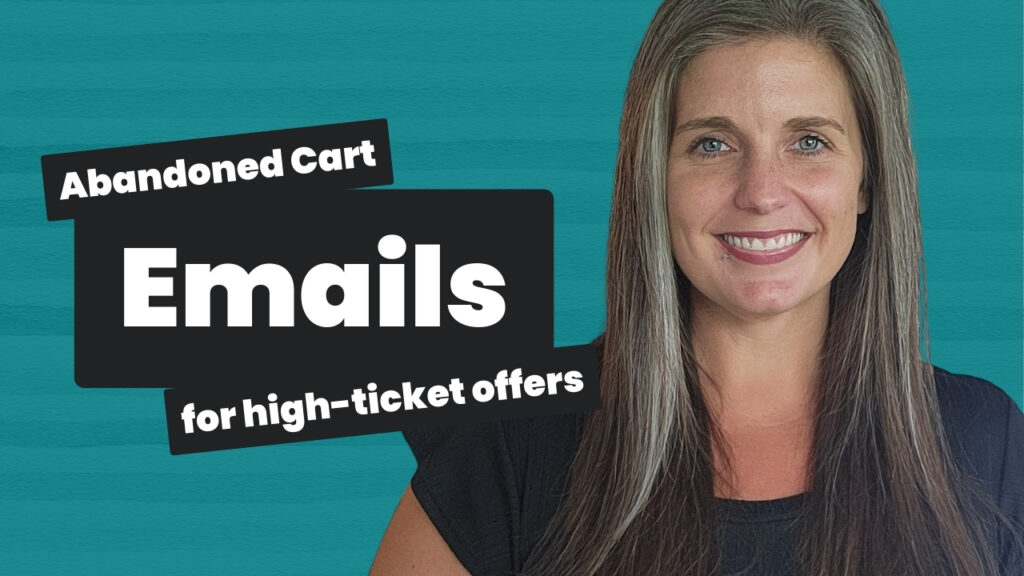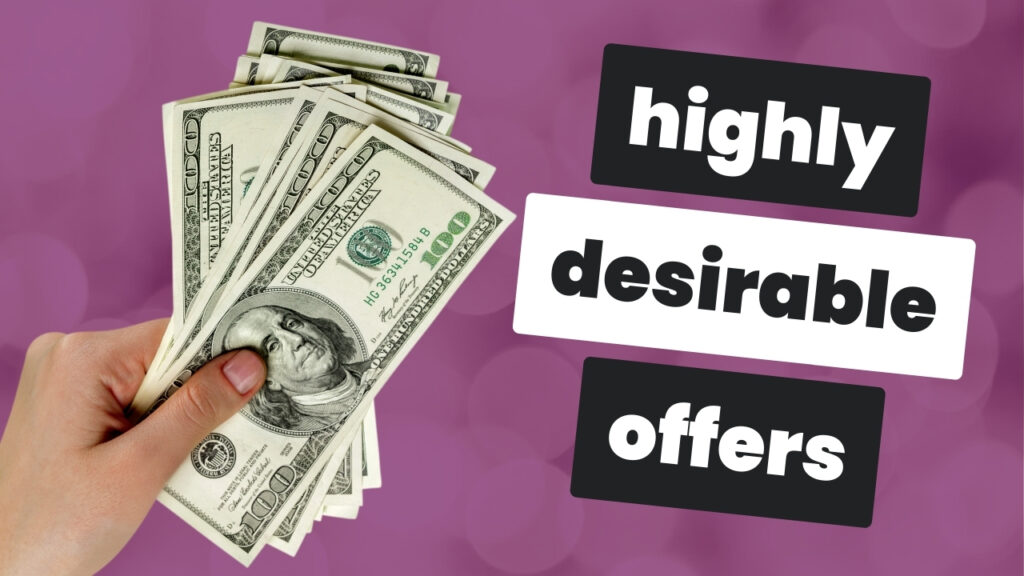If you’ve heard that email marketing can positively impact your business (and sales) in a big way, you’re not wrong.
A study by DMA showed that email marketing generates $38 for every $1 spent — a whopping 3,800% ROI!
Why the huge payoff?
We could hypothesize it’s because people check their inboxes regularly (even multiple times a day), giving marketers more direct access to their potential customers.
- DMA reported that 99% of consumers check their email every day.
- Campaign Monitor found more than 50% (of U.S. respondents) check their personal email account more than 10 times a day.
Both B2B and B2C marketers recognize that email is a huge opportunity for bringing in sales.
- In fact, Emma found that 59% of marketers believe email is their biggest source of ROI.
- In a Content Marketing Institute report, 40% of B2B marketers said email newsletters are most critical to their content marketing success.
Let me repeat that:
“Email newsletters are most critical.”
And not just to content marketing success, I’m going to show you how your email newsletter can be a super supporter for your sales too.
E-newsletters aren’t often associated with sales goals.
They’re pushed out of the spotlight by revenue-focused sales and promo emails. That acknowledged, I’d argue:
Your email newsletter can be a pivotal piece to focus on if you want to bring in more sales from your email marketing efforts.
That’s because…
If your email newsletter game is strong, selling your courses, programs, and services will be much easier.
Why? Because your email newsletter is a trust-building tool.
If you want subscribers to buy your stuff at ANY point, those people first have to know, like, and trust you enough to pull out their virtual wallets and give you their hard-earned cash.
And by trust, I mean the professional sort of credibility needed to believe in your ability to help them solve their problems or achieve their goals.
It’s not enough just to send an email newsletter. Though, it’s a start.
Your email newsletter approach is important to consider, that is, if you want to rack up major credibility points for yourself and your offers every time you hit send.
In fact, businesses that are newer to email marketing make one big MISTAKE.
“What is it?” you ask.
They send emails that are focused entirely on the company updates and their products and services. (I’m sure you have a few of those me-me-me emails sitting in your inbox right now.)
Strategic newsletter emails aren’t about YOU though – not on the surface level anyway.
And that leads us perfectly into Sales Shift #1
#1. Help subscribers figure stuff out to cultivate credibility as their future guide, trainer, or service provider.
If newsletters aren’t about you, who are they about?
Your emails should always be focused on YOUR SUBSCRIBER — and their problems, goals, aspirations, questions, sticking points, limiting mindsets, and so on.
YOU (and your expertise) come into the picture only when helping your subscribers get from where they are now to where they ultimately want to go.
It doesn’t matter if this support is given in a blog post, video, podcast, freebie, or simply a text-only email.
This is what’s important:
By helping your subscribers get momentum, moving away from their problems and towards their goals, you build credibility.
And that credibility is essential for subscribers to feel confident enough about you and your offers to pull out their debit cards and buy your stuff.
The sweet spot is the overlap between these key questions:
- What do your customers or clients care about solving or achieving?
- What do you sell?
The cross-section is where you should focus your emailing efforts.
At this point, you might be thinking…
“If I give away all my secrets, why would this person buy from me?”
Valid point, my friend.
The goal is not to give away all your secret sauce for free.
You might…
- Help subscribers get quick mini-wins that put them in a better position to buy from you. (This helps you create better buyers.)
- Help subscribers see the bigger picture and what’s needed to be successful.
- Share stories or case studies with key takeaways. (This one helps you demonstrate your expertise while also providing compelling proof.)
- Answer questions about a specific topic, problem, or desired outcome, so that they ultimately understand the need for your offers.
- Reframe limiting mindsets, so that they’re open to believing they can get a specific outcome.
What this looks like for you will depend on what you sell and to whom you’re selling.
CHECKPOINT:
Use this checkpoint to keep your email focus on track. When you sit down to write or before you hit send, ask yourself:
What does my subscriber get out of reading this email newsletter?
If you’re not yet sending subscriber-focused emails, start today.
And if you’re already sending these types of email newsletters, stay with me. I’m going to share 4 more sales shifts to use in your emails to help you build more buyer-boosting credibility.
Let’s move on to what you send and when.
#2. Align email topics with upcoming promos or sales goals to get subscribers ready to buy.
This super simple but potentially supercharging shift may seem like common sense, but you’d be surprised at how many business owners aren’t thinking about emails that way.
As a business owner, you’re setting sales goals and, hopefully, planning projects and campaigns to support those efforts:
- Maybe you’re running flash sale promotions. Or launching.
- Maybe you put out a call for new clients every quarter.
- Or maybe you have evergreen offers that you’re constantly trying to send people to.
(Evergreen offer = An offer that is always available for purchase)
Regardless of how you sell, all of your marketing efforts have to work in SYNC to give you the best chance of hitting your SPECIFIC goal.
That includes the topics of your email newsletters.
This is especially relevant for businesses that have more than one offer. You’ll understand why in a sec.
Let’s say, you have a big upcoming launch for Offer X.
By sending email newsletters only on topics aligned with Offer X, you could:
- Tag or segment subscribers who open or click-through those emails, so you can send more targeted sales emails when it’s time to promote. Or if you do 1-on-1 selling, you can reach out directly to the subscribers who were most active.
- Build quick credibility around this topic with new subscribers who’ve just joined the list and don’t trust you in this area yet.
- Start conversations that give you better buyer insights that you can use for the upcoming campaign. (We talk more about conversations in shift #4).
Here’s a concrete example from my own business:
As a professional copywriter, I sell sales copywriting services to clients.
One particular service I offer is copy reviews. For clients, I review copywriting on their websites, landing pages, emails, sales pages, and full funnels.
If I were planning an upcoming promo for sales page reviews, for example, I wouldn’t send emails about general copywriting.
It’s too broad.
I’m trying to identify people who might want to optimize their sales pages.
On the same note, I also wouldn’t send emails about websites, sales emails, or landing pages. The subscribers opening those emails aren’t necessarily interested in getting better results from their sales pages.
Let’s get even more focused.
I also wouldn’t send emails for people looking to create their first sales page because, for a review, I need someone to have an existing sales page to analyze.
All that considered…
I’d focus my emails on the problems, goals, questions, and beliefs of business owners who already have sales pages.
^ That would give me the best chance of identifying potential buyers.
As a subscriber on your list, I should be able to guess what you’re going to be selling (at least broadly) based on the content of your newsletter emails.
That’s before you ever mention your offer.
CHECKPOINT:
Use this checkpoint to choose more strategic topics aligned with sales goals. When writing your next email newsletter, ask yourself:
How does this help me identify potential buyers for what I’m going to sell?
Plus! By not sending sales emails to subscribers who haven’t shown interest in earlier newsletters, you won’t exhaust them with non-relevant promos.
So, they’re less likely to get frustrated and unsubscribe.
#3. Show up in the inbox consistently, so that your emailing efforts actually pay off.
The trust you build with subscribers isn’t static. It fluctuates.
That means:
Those credibility points CAN expire if you let emailing fall through the cracks.
If you’d describe your emailing frequency as “once in a blue moon” or if you let newsletter efforts fall through the cracks for months at a time, subscribers will forget who you are and why they came to you.
The trust you’ve built prior doesn’t last if you disappear on your subscribers.
Making email marketing work for you requires one key ingredient:
CONSISTENCY
You need to show up on a regular basis.
Not whenever you feel like it. Not when you’re feeling inspired. Not when you have time. (We both those times rarely come.)
Consistency plays a huge role in getting results from ANY marketing effort, including email.
That’s why, when I found myself struggling to get email newsletters out of the virtual door (and I realized the lack of follow-through was making selling harder), I designed two marketing systems to engineer out all the excuses in my way:
The 90-Day Newsletter Planner and The Automated Newsletter.
How many times have you received an email from a brand and you didn’t remember who they were or how you got on their list?
It happens to me ever so often.
And unless that email is amazing, I almost always unsubscribe. When I do stay, the trust-building process starts all over again.
So, if you want better ROI from email, fix your consistency.
Plus! More consistency will also boost the effectiveness of the other sales shifts in this article.
CHECKPOINT:
Do a quick consistency analysis for the last 90 days.
How many times did you send an e-newsletter versus your sending goal?
Maybe you wanted to email once a week. That’s 12 total weeks. But you only sent newsletters for 4 of those weeks. Your score would be 33%.
I’d love to see you score at least 80% – or 10 out of 12 weeks.
#4. Encourage conversations to humanize your business and create greater connection.
Good emails feel like a conversation.
Quick question:
How many conversations were you in this week where you only listened?
(Let’s ignore that all-about-me-me-me friend for a sec. And, no, convos with your cat don’t count.)
A one-sided conversation isn’t a conversation at all.
It’s a lecture. Or a sales pitch.
If you want to build more trust with subscribers, become more than a faceless, one-sided email.
Humanize your brand by encouraging conversations.
You can do this through either direct replies or by sending them to a FB group or discussion post somewhere on the web.
Many business owners (including myself sometimes) are reluctant to have conversations. We’re often too busy, too introverted, too shy, or simply not confident enough.
Be brave.
Conversations help you:
- Show your subscribers you care about their input or feedback (and you should!)
- Gain deeper insight into your ideal buyer’s problems, goals, and behavior
- Generate sales leads (using techniques like the 9-word email)
- Get inspiration for other emails, content, lead magnets, and offers
“But Paige… time!”
Your time is precious. You’re already doing ALL. THE. THINGS.
I feel you. So, keep in mind that:
No, you don’t have to ask for replies in every email you send.
No, you don’t have to hop on a call with people who respond (unless it makes sense to).
And, no, you don’t have to reach out to everyone on a 12K-subscriber list.
Look at your goal and be strategic about it.
- You can ask for feedback from a particular segment of your list.
- You can send people to a feedback form or survey.
- You can even invite people to participate in a discussion post on Facebook or Instagram.
Make conversations work for you.
I know you’ll find valuable insights there.
CHECKPOINT:
Write down your biggest goals for the next 90 days.
Then brainstorm at least 10 ways you can start conversations to support those aspirations.
#5. Use the email soft sell to move “I’m ready!” subscribers toward the right paid offers.
How do you know when you’ve done enough trust-building that someone’s ready to buy from you?
Great question.
Meet the PS Soft Sell.
This little bit of PS text at the bottom of a newsletter email is used to invite a subscriber to take the next step — be it an invitation to…
- Book a call (Send them to your online scheduling)
- Apply to a program (Send them to an application form)
- Check out a freebie (Send them directly to that resource and tag them in your ESP)
- Buy a low-cost program (Send them to a sales page)
An effective PS should be related to the content of the email. That’s not a problem if you’re following Sales Shift #2.
Keep in mind, the majority of the email (i.e. everything before the PS) should be the regular, helpful content that we discussed in Sales Shift #1.
The “ask” only comes into play in the PS.
The very first time I used this technique, I had a 5% conversion rate for emails opened to paid purchases.
Months later, I used a series of 3 email newsletters + the PS soft sell to do a beta workshop launch for a course that had a 13.6% conversion rate for emails opened to paid purchases.
If you pay attention, you’ll see smart email marketers doing this all over the internet.
I’ve experienced enough proof myself to say it’s worth adding to your email newsletter strategy.
CHECKPOINT:
Look at the newsletters you sent recently.
How could have you added a soft sell to support your most important sales goals?
Use those insights to craft a strategic PS for your next e-newsletter.
To recap, an email newsletter can be a powerful pre-selling tool for your business because…
By building trust (aka credibility) with subscribers, you set yourself up for easier sales anytime you launch, run a promo, or put out a call for clients.
For evergreen offers, you can use email newsletters to funnel subscribers into those sales sequences.
As I said, it’s a powerful piece of your overall selling system.
When done well, these emails build the trust needed to turn more subscribers into buyers when it’s time to sell.
How you approach email newsletters is paramount if you want to see results.
We’ve just explored 5 smart sales shifts that have the power to supercharge your email newsletter efforts, bring in more credibility points for you and your stuff, and do it in a way that’s strategically aligned with your goals.


